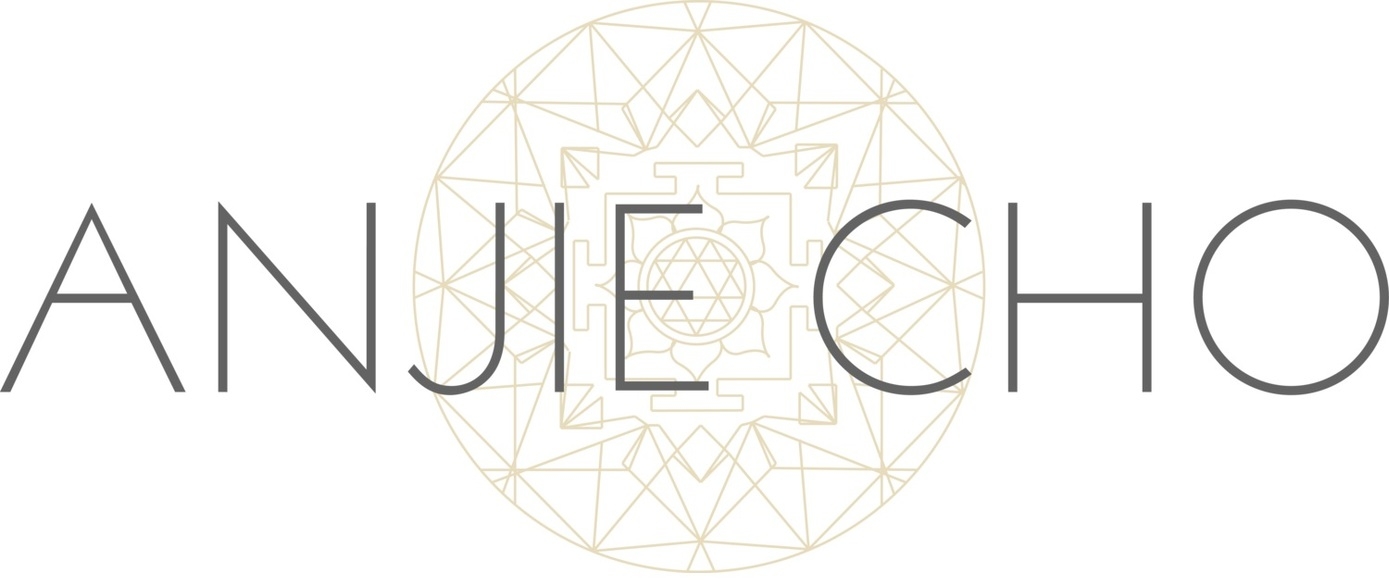Craquele by Karl Lorenzen
Earlier this year I took some Sacred Geometry classes with John Lloyd and Karl Lorenzen. I find great joy in drawing and learning about the meanings of geometric shapes. Sacred Geometry is found everywhere, in art, nature, human bodies, our architecture and the universe as a whole. This geometry harmonizes us with the universe!
Karl was kind enough to take some time out for an interview to share his art and knowledge for the Holistic Spaces Blog.
AC: What is Sacred Geometry?
KL: Sacred Geometry, the confluence of art, science, and spirituality, constitutes a common ground between many of the world’s cultures and traditions. Its language of number and symbol (circle, triangle, and square) can be used to express profound ideas about the nature of existence.
How did you get interested in Sacred Geometry?
In 2000 my friend John Lloyd, a painter who lives in Brooklyn, introduced me to the subject. For five years I would visit him regularly to draw with the compass, borrow books on the symbolic aspect of life, and wander through Prospect Park, seeing the numerical blueprint of nature. John has studied with leading Geometers such as Keith Critchlow, Michael Schneider, John Michell, Robert Lawlor, and Scott Olsen.
Today, John and I teach at holistic learning centers such as The New York Open Center and the Omega Institute.
How do you include Sacred Geometry in your work and art?
As a visual artist, I look for the beauty that is already there and respond with symbolic images (see images Exoskeleton and Craquelle, above). Like an architect’s blueprint, the bow compass, straight edge, and graphite pencil form the matrix on which my paintings are realized. The images are then painted in watercolor, primarily using a wet-on-wet technique.
Inspired by the Chicago sculptor Bradford Hansen-Smith, I fold paper plates into polyhedra and space-filling patterns, see Tetra image below. Folding an actual circle (rather than manipulating a drawing of a circle) and working on the floor makes sense to my human nature.
I bring the products of my symbolic and creative journey to the classroom when I teach: they are also featured in my upcoming book, The Art of Sacred Geometry Workbook .
Tetra by Karl Lorenzen
Are there shapes that we can find in our environment that can create more harmony?
All cultures recognize the sacred circle, which has no sides, only circumference. Like divine love, it extends equally in all directions: reflect on this when you turn a doorknob, or sit in a circle with others.
The upward pointed equilateral triangle represents doing, while the downward pointed equilateral triangle represents being.
Their union as a six -pointed star (or six petaled flower) is a Tantric symbol of balance.
The square is nourishment ( three square meals), and shelter (a 90 degree angle resting on the floor provides stability).
A child drawing a house imagines a square with a triangle resting on top, beneath a circle: intuitively, they are harmonizing Earth, Heaven, and awakened human intention.
How do shapes affect our environment from your perspective?
The shape of the arch I walk under shapes me. The circular Roman arch curves up and returns to the Earth: good for entering a kitchen, or an administrative building. The almond-shaped arch of Gothic cathedrals resembles a birth portal: appropriate for the sense of renewal that sacred space provides. The Ogee arch, tapered like a flower petal, seems right for meditators and yogis, who imagine themselves perched on a Lotus.
I would like the opportunity to gaze through windows shaped like flowers, fruit, and vegetables.
Exoskeleton by Karl Lorenzen
Are there applications in our environment for these shapes?
Most housing developments take a bite out of nature, and construct with parts: then they fall apart. Volatile climate change calls for lightweight temporary dwellings, like tipis, made from local materials that can be gently collapsed back into nature. In a spherical dwelling (igloos or yurts), tension is distributed evenly along the surface: unlike the pyramid, where everything below is crushed by the weight of gravity. Hexagons (think of honeycombs) pack space more efficiently than cubes, yet cities continue to proliferate along the square grid.
I like neighborhood houses tilted at angles that allow everyone equal access to air and light. Curvaceous glass and chrome buildings that play with reflection. Cathedral ceilings with soaring vesicas. Walking paths that twist and turn. More labyrinths in municipal parks, and spiraling staircases in public buildings, please! The city can be a human laboratory for joy.
How can readers begin to see Sacred Geometry in their everyday life/environment?
Sacred Geometry can be understood as patterns of beauty, order, and harmony that exist ready-made in nature. Once you recognize and align with these patterns, you will see new things, and familiar things in a new way.
Born and raised in New Jersey, and currently living in New York, KARL LORENZEN began his studies and career in commercial art as a graphic artist and designer for the apparel and print industries. He later studied and taught the arts of Sacred Geometry (a hybrid of art, the sciences, and spirituality) and gives workshops and exhibits at national and international conferences, symposiums, galleries, museums, holistic learning and cultural centers.










